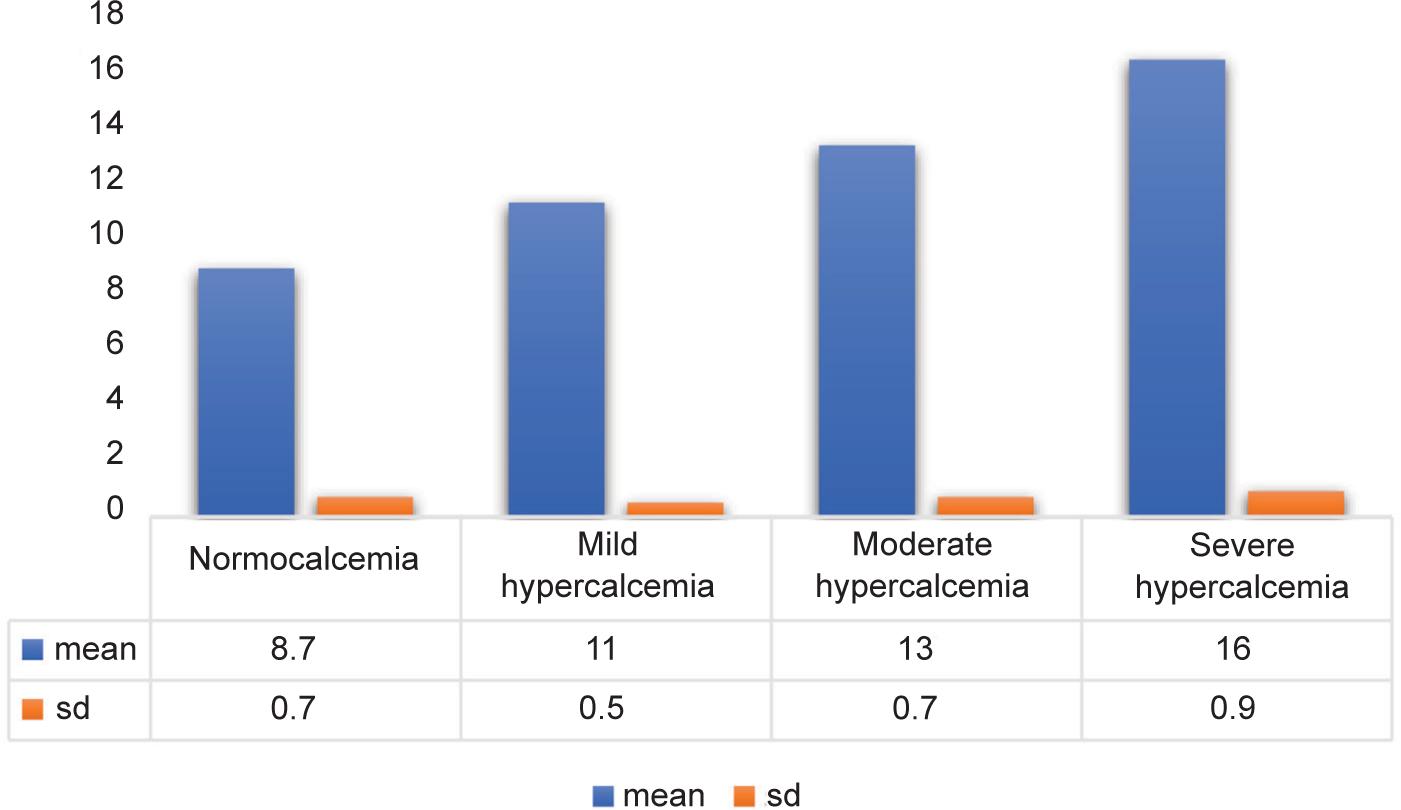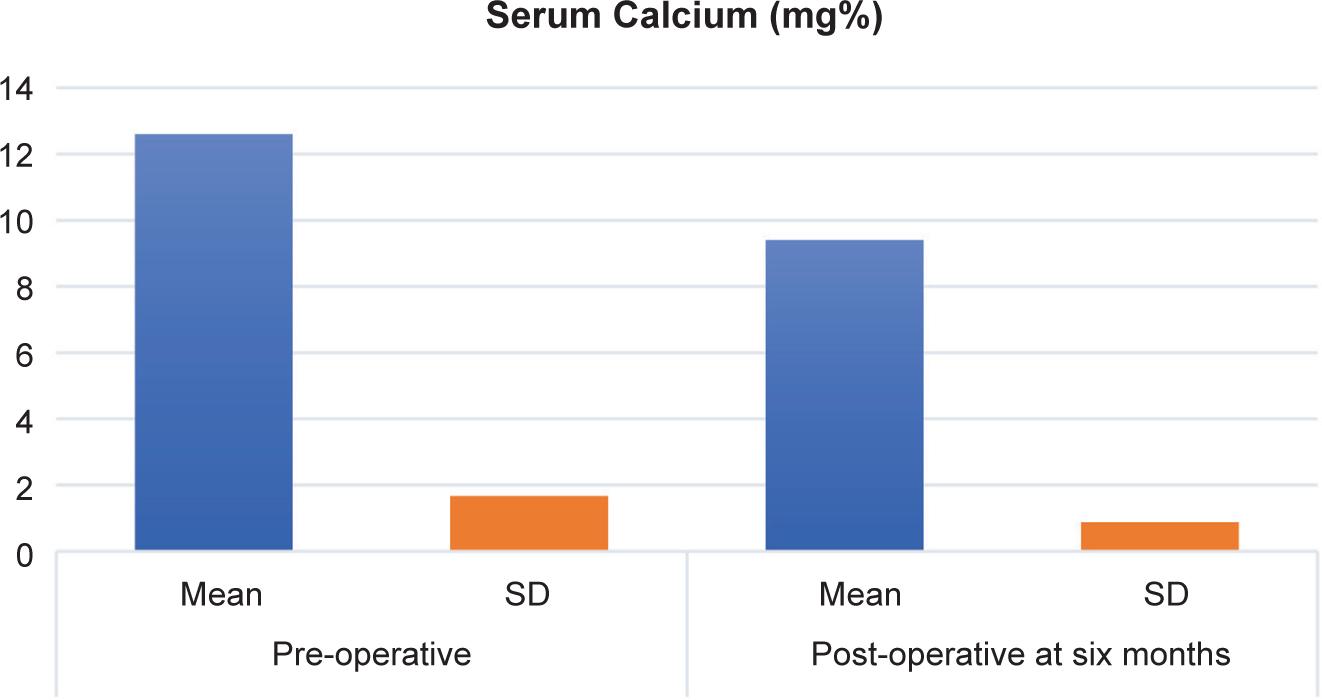INTRODUCTION
Dysphagia is difficulty swallowing or swallowing liquids due to the involvement of one or more stages of swallowing. The effect can be seen in the oral preparation of the bolus or in the displacement of food from the mouth into the stomach.1,2 As a result of dysphagia, food items may penetrate other than the digestive tract, sometimes causing frank episodes of tracheostomy, bronchial aspiration (due to the passage of water or food into the trachea and bronchi), or silent aspiration (permeation of saliva or food under the vocal cords not accompanied by a cough or other signs of difficulty swallowing).3
The normal chewing and swallowing activity is a rapid and complex process of voluntary and involuntary movements involving no fewer than six cranial nerves, the first three parts of the cervical nerves, and 26 muscles of the mouth, pharynx, and esophagus. Dysphagia is a clinical complication that continues to significantly affect people’s lives and health, and it is the most influential factor that causes swallowing disorder.4,5
Untreated parathyroid adenomas cause an increase in blood calcium levels. Too much calcium can cause an irregular heartbeat.6 Parathyroid crisis (a clinical event in which a person experiences mental changes) can lead to nervous system failure and coma. Primary hyperparathyroidism is caused by an overactivity of one or more parathyroid glands, resulting in an inappropriate rise of parathyroid hormone (PTH) and impaired bone and mineral metabolism.7 The prevalence of hyperthyroidism in the populace of the United States is estimated at 1%, accounting for approximately 100,000 new cases of the disease each year.8,9
It is believed that about 10% is passed down from the parents (inherited). Hypocalcemia may develop at a rate greater than 40%, and this rate may increase further after surgery in patients with primary and secondary hyperparathyroidism with bone lesions.
An indication for thyroidectomy is the cosmetic component because a large lump in the front of the neck can be very visible. Another indication for thyroidectomy is diseases such as Graves’ disease or hyperthyroidism that are resistant to medical treatment.10,11
In the long term, the low level of dietary calcium increases the risk of infection, as the benign tumor of the parathyroid glands represents 85% of the pathological cases of hyperparathyroidism.12
Hypercalcemia causes the patient to experience many symptoms, such as confusion, fatigue, depression, memory loss, weakness, mental confusion, vomiting, frequent urination, constipation, and high blood pressure.13–15 Hypocalcemia may develop at a rate greater than 40%, and this rate may increase further after surgery in patients with primary and secondary hyperparathyroidism with bone lesions.16 This study aims to assess the value of pre-and postoperative quality of life (QoL) after resection of parathyroid glands in patients with hyperparathyroidism.
METHOD AND COLLECTION OF SAMPLE
This study is represented by an observational study that included 40 Iraqi patients, both males, and females, with symptoms of hyperthyroidism. The study was carried out at several different hospitals, in 2020–2021. Diagnosed patients with hyperthyroidism for levels of calcium in the blood for ages ≤ 40. Symptoms of hyperthyroidism were feeling tired and weak, depression, memory loss, increased urination, and sleep deprivation, as shown in Table 1. Institutional ethics committee approval was obtained.
TABLE 1. Demographic results of parathyroid glands resection for Iraqi patients.
| Variables | Patients (40) |
|---|---|
| Age | |
| 40–49 | 8 (20%) |
| 50–59 | 14 (35%) |
| 60–70 | 18 (45%) |
| Sex | |
| Male | 25 (62.5%) |
| Female | 15 (37.5%) |
| BMI, kg/m2 | 31 ±4.4 |
| Marital status | |
| Single | 8 (20%) |
| Married | 32 (80%) |
| Symptoms | |
| Feeling tired and weak | 5 (12.5%) |
| Depression | 12 (30%) |
| Memory loss | 9 (22.5%) |
| Increased urination | 7 (17.5%) |
| Sleep deprivation | 7 (17.5%) |
The group of patients in this study was classified as normal, and those with mild hypercalcemia, moderate hypercalcemia, and severe hypercalcemia, as can be seen in Figure 1. The distribution of calcium classes, which included Serum calcium, Serum PTH for pre- and post-parathyroidectomy surgery, is shown in Figures 2 and 3. The patient’s QoL was assessed through the use of QoL under the SF-36 questionnaire score, which includes physical function, body pain, general health, mental health vitality, and general mental health in Table 2.
FIG 1. Mean ± SD of patients according to a concentration of calcium in the blood.

FIG 2. Serum calcium pre-operation and 6 months after parathyroidectomy.

FIG 3. Serum parathyroid hormone pre- and postoperative 6 months after parathyroidectomy.

TABLE 2. Evaluation of the quality of life during pre-and postoperative periods according to quality of life.
| Domains | Quality of life during pre-operation | Quality of life during post-operation | P |
|---|---|---|---|
| Physical function | 63 ± 9 | 87.9 ± 8 | 0.0025 |
| Bodily pain | 53 ± 14 | 77 ± 5 | 0.0045 |
| General Health | 47 ± 13 | 81.6 ± 5.5 | 0.0066 |
| Mental health vitality | 36 ± 14.5 | 76 ± 9 | 0.0024 |
| General mental health | 57.6 ± 12 | 81 ± 11 | 0.0036 |
A preoperative and postoperative life outcome assessment was conducted. Swallowing Quality Tool outcomes include fear of swallowing, sleep, burden, food selection, and fatigue, and are specialized for all Domains of SWAL-QOL cases.
RESULTS
This study was conducted on patients aged between 40 and 70 years. It presented 40 cases of thyroid gland disorder; the majority of patients were males (25 cases, 62.5%), with 15 females (37.5%). The different symptoms are shown in Table 1, which included the parameters of feeling tired and weak (5, 12.5%), depressed (12, 30%), memory loss (9, 22.5%), increased urination (7, 17.5%), and sleep deprivation (7, 17.5%). Depression was the most debilitating symptom, covering 30% of the patient group.
Mean ± SD of patients according to a concentration of calcium in the blood, which included normocalcemia mean (8.7) SD (0.7), mild hypercalcemia means (11) SD (0.5), moderate hypercalcemia means (13) SD (0.7), and severe hypercalcemia mean 16 and SD (0.9), is shown in Figure 1.
In Figure 2, the results were evaluated according to the presence of calcium in the blood before the operation and 6 months after the operation. The results showed clear differences, where the mean ± sd of the presence of calcium in the blood before the operation was 12.6 ± 1.67, and as for patients after surgery, the mean and standard division for the presence of calcium in the blood was 9.4 ± 0.87.
Table 2 explains the evaluation of the QoL during the preoperative and postoperative periods according to QoL based on physical function, bodily pain, general health, mental health vitality, and general mental health. There was a general improvement in the QoL of the patient groups for all cases, as this development was significantly 6 months after curative parathyroidectomy with a p-value less than 0.001. The enhancement was very significant for bodily pain before (53 ± 14) and after the operation (77 ± 5), general health before (47 ± 13) and after the operation (81.6 ± 5.5), and mental health vitality before (36 ± 14.5) and after operation 76 ± 9.
Table 3 displays pre- and postoperative swallowing QoL outcomes assessment tool scores. The mean preoperative SWAL-QOL score was 78.73 for five domains, which indicates a perception of oral dysphagia as well as a decrease in swallowing-related QoL. Also, domains associated with the assessment of oral dysphagia were fear of swallowing, sleep, burden, food selection, and fatigue. It was noted in the evaluation that the lowest scores for domains before surgery were in burden (65.44) and fatigue (60.3), and the highest scores evaluated before surgery were fear of swallowing (92.7), sleep (89.6), and food selection (85.6). This study showed a good enhancement in burden, which was before surgery (65.44) and after surgery (87.9), as well as fatigue before surgery (60.3) and after surgery (93.8). In addition, in all Domains, SWAL-QOL showed that all ratios were p-value < 0.0001.
TABLE 3. assessment Outcomes quality of life preoperative and postoperative of swallowing.
| Domains | Preoperative score | Postoperative score | P |
|---|---|---|---|
| Fear of swallowing | 92.7 | 97.43 | 0.00012 |
| Sleep | 89.6 | 95.88 | 0.0002 |
| Burden | 65.44 | 87.9 | 0.00023 |
| Food selection | 85.6 | 96.2 | 0.00025 |
| Fatigue | 60.3 | 93.8 | 0.00032 |
DISCUSSION
In this study, all PHPT suffer from neurological and psychiatric diseases, especially those over 50 years of age, due to a low QoL. This study is based on the SF-36 questionnaire to assess thyroidectomy by QoL of PHPT. Based on the results, this study determined that depression was the most affecting symptom on patients, as this study showed a significant improvement in patients’ assessment of postoperative QoL for various pathological conditions of hyperthyroidism. This study showed significant improvement in body pain, general health, and mental health vitality. American studies confirmed that PHPT are exposed to painful physical pain, a nervous attack, and a very bad psychological state, which is accompanied by a clear effect on the patient’s activity in terms of desire to eat, sleep, and swallow food.17–19
Alper et al. conducted a study on PHPT patients, recruiting 150 patients who underwent a QoL assessment using the SF-36 questionnaire.20 The scores for depression and poor mental state were very high.20 The SF-36 score of PHP patients before surgery was significantly lower than after surgery, as there was an increase in the assessment of QoL post-operative thyroidectomy 6 months later.20
QoL was assessed for 40 patients after thyroidectomy (PHPT) using the SF-36 scale. It was noted that there was a significant slack in the QoL of patients before surgery, especially in domains related to general health and mental health vitality. The assessment of QoL showed a significant improvement for patients after thyroidectomy (PHPT). Although improvements in patients with depressive symptoms, memory loss, increased urination, and sleep deprivation were significantly more pronounced, even those with poor mental and physical health before surgery saw improvement after thyroidectomy.16,21
In this study, it was discovered that while calcium cores improved independently of preoperative calcium levels, improvement in PHPT scores did not. In addition, patients with normal hypocalcemia reported a worse QoL, which was significantly increased after thyroid surgery. It was found that thyroid hormone directly affects QoL. Building on Robert’s study, the SF-36 questionnaire was used to measure QoL, and it was discovered that the physical and mental components of QoL were affected similarly in patients with normal or hyperglycemic PHPT. After thyroidectomy, physical QoL and nonspecific symptoms (fatigue and anxiety) improved, although PHPT patients with hyperglycemia experienced the greatest improvement.22–24
Eelsen demonstrated that thyroidectomy reduced these risk variables in the patient group and that patients with normal PHPT, dyscalcemia, and hypercalcemia had comparable risk factors such as in difficulties swallowing, metabolic syndrome and poor glucose tolerance. In addition, according to German research, 20% of normotensive PHPT eventually becomes hypercalcemic PHPT, usually within 2–4 years of diagnosis.25,26
CONCLUSION
This study presented a significant improvement in the evaluation of patients after parathyroidectomy based on the assessment of the QoL score of SF-36. Before surgery, QoL showed a significant decrease in physical function, mental health, and vital activity. Despite the high decrease in patients’ QoL in terms of symptoms and health status, the QoL assessment provided that the patients’ QoL increased significantly after thyroidectomy. The QoL index showed a significant improvement in the pre-and postoperative assessment of PHPT patients. However, this study believes that QoL is not a sufficient indicator of thyroid resorption. This study suggests that the evaluation criteria for thyroidectomy should be developed and the evaluation of PHPT patients reconsidered.